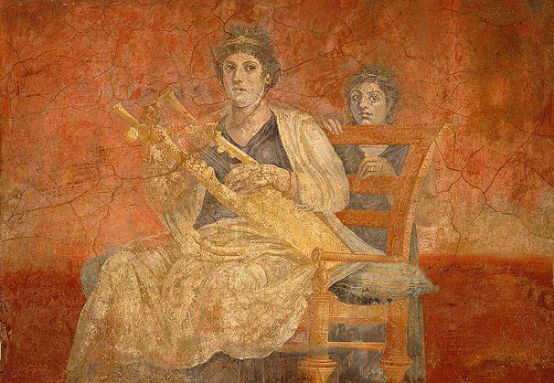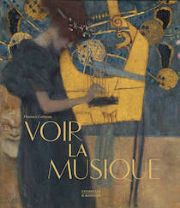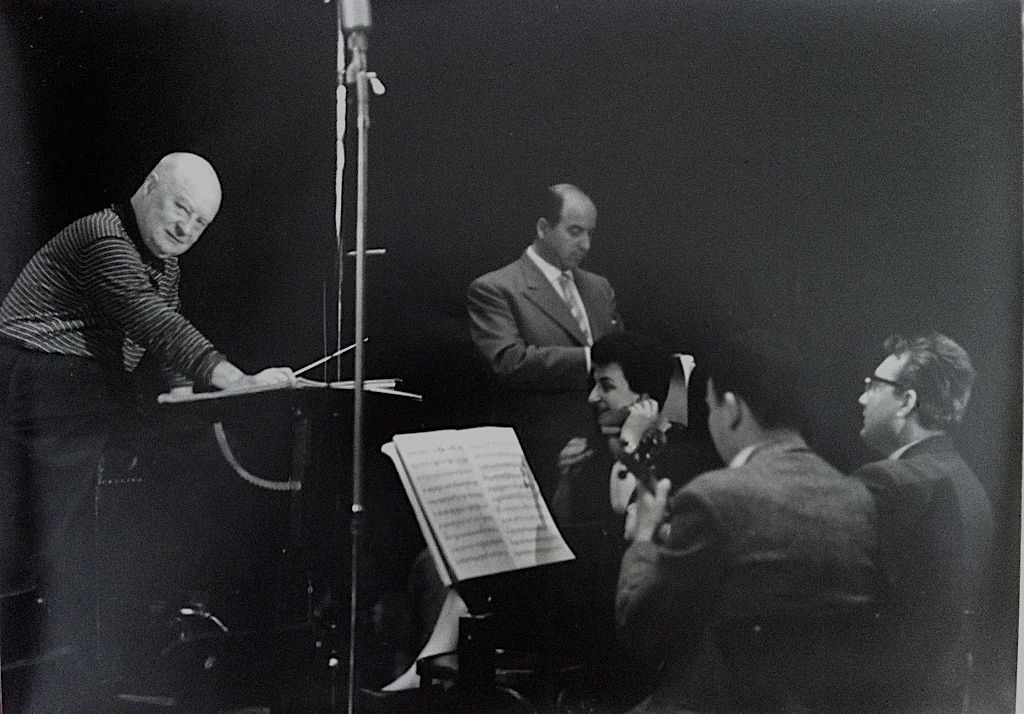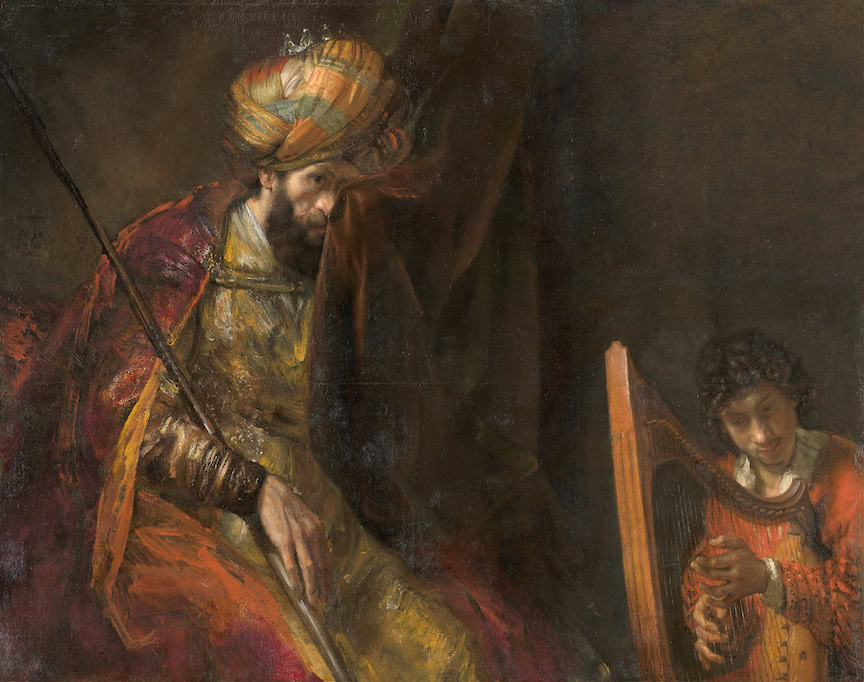Music as seen by painters
A luxurious book bridges the gap between music and its pictorial representations.

Specializing in art books, Citadelles & Mazenod has published a sumptuous boxed set by Florence Gétreau, a renowned specialist in musical iconography and organology, whose writing is precise and dense, but always pleasant to read. The more than 330 illustrations, half of them on one or two pages, reproduce in full, and sometimes in detail, a selection of paintings, frescoes and drawings of great diversity, works by famous and lesser-known artists, mainly Flemish, French and Italian, showing the many ways in which music and musicians were represented in Western Europe, from the second half of the 15th century to the present day, with a predilection for the 17th century.
The 28 chapters, divided into six parts, highlight the social roots of the practices and representations of music, and decipher the symbolic dimension, origin and destination of the paintings. The journey begins with myths and legends: Apollo, the Muses, Orpheus, as well as Mercury, inventor of the lyre, Venus and Eros, to which are added astrological figures, the allegory of music in the liberal arts and hearing among the five senses, and the supernatural origins of inspiration. With David, the young harpist turned king, the musician angels, the shepherds of the nativity and Saint Cecilia, music becomes a harbinger, a savior or even a temptress for Saint Jerome. The following section shows a more material image of Euterpe's art: instruments and scores are used in trompe-l'œil settings, but also as elements of vanitas or still lifes. Whether composers, performers, professionals or amateurs, housewives or poor folk, musicians and their poses and gestures are often depicted in a codified manner. Many artists also like to portray themselves with musical instruments. After placing music in context - listeners, concert venues from urban spaces to village squares and country squares, from court balls to opera performances, as well as more intimate gatherings of family and friends - the final section focuses on themes linked to modernity: influences of Wagnerism, fragmentation through the juxtaposition of different points of view in Cubism, the expressionism of Kandinsky and two composer-painters, Čiurlionis and Schoenberg, the irruption of rhythm and vivid colors, and finally various tributes to Bach.
Both for its interesting text and the splendor of its reproductions, this is an ideal gift for the festive season.
Florence Gétreau: Voir la musique, 416 p., € 189.00, Citadelles & Mazenod, Paris 2017, ISBN 9782850887192








